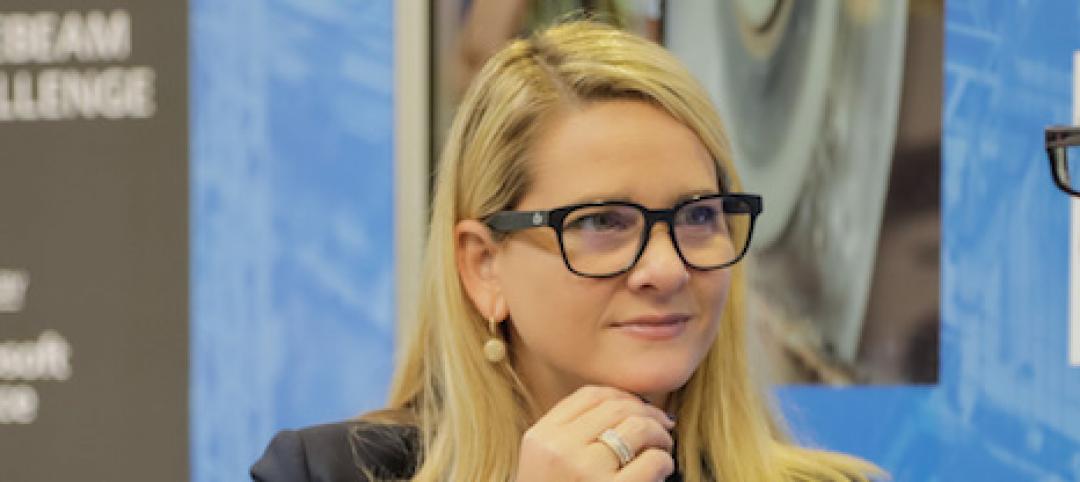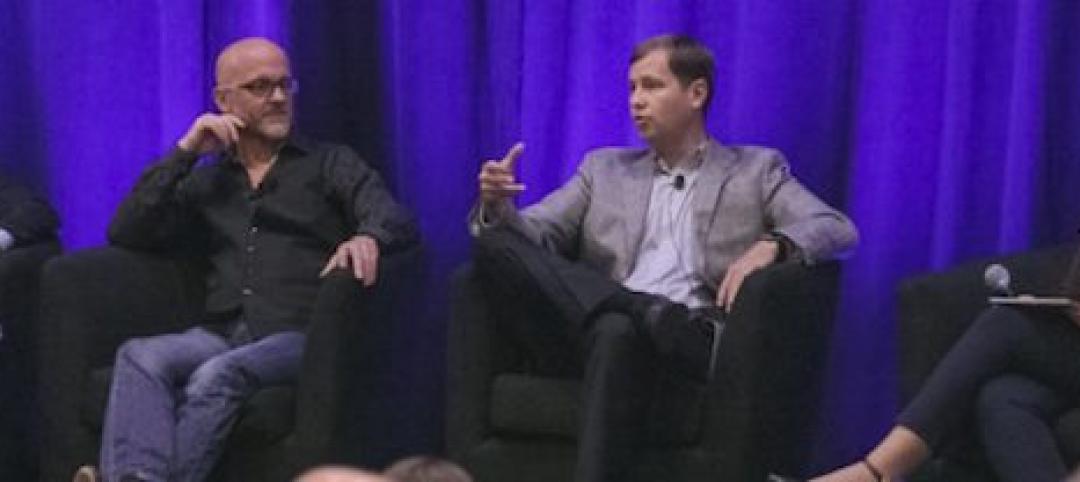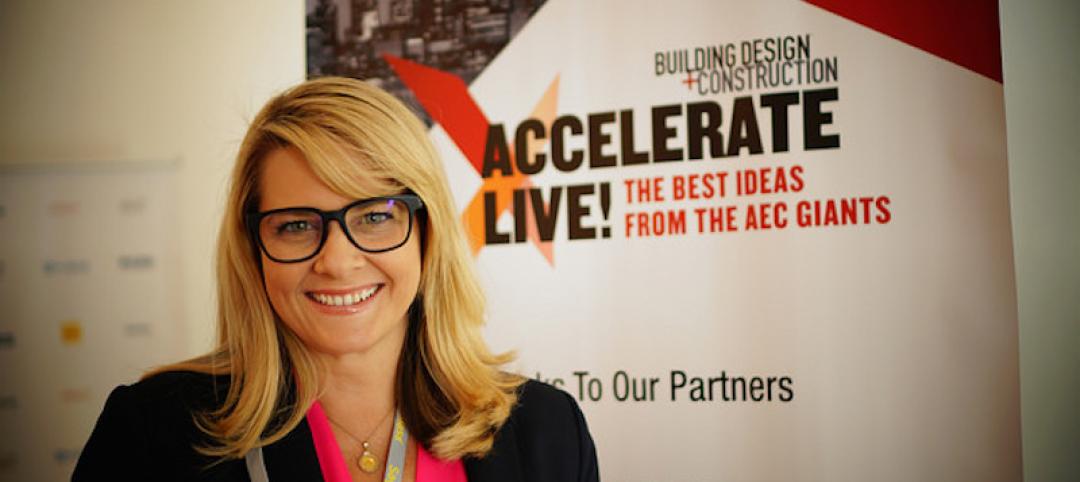With all the talk today of collaboration and information sharing, conversations are quickly turning from the benefits of the cloud to questions regarding how to address security concerns. Security and tech are pretty hot topics, even outside of the AEC space. It seems you can’t turn on the news without hearing about some sort of security breach.
In the AEC world, large-scale security breaches aren’t as much of a concern as are finding ways to improve information sharing while maintaining accountability. Even as technological advancements are implemented on active projects, allowing more team members to collaborate openly, project contracts still determine the final say in defining roles, responsibilities and, most importantly, liabilities.
What does this mean exactly? Well, as technology is blurring the lines of responsibility on your current project, someone still needs to be held responsible for final sign off.
I’ve heard countless stories of conversations between Project Engineers and IT professionals who can’t come to an agreement on the level of security needed to protect their data while making it more accessible—not only externally, but also internally. In order to help firms find the right balance between collaboration and accountability, many technology solutions offer security options designed to help you find the right fit.
Having been a fly on the wall for many of these conversations, I’ve come up with a list of questions to start the conversation and ultimately help you define your needs.
Are you able to control information sharing with project team members today, both internal and external?
- You may find that email provides a sufficient level of security and authentication for CYA. However, if you’re looking to track your documents better while still allowing access for both internal and external team members, a Document Management System (DMS) may be the better path.
Who do you need input from, and when?
- Does everyone need to access project documents at the same time, or separately? A simple cloud depository or local server can offer controlled access to many. However, a DMS can offer further control by implementing structured workflows, making it easier to move documents through the review process.
What type of device will the team access information on – laptop, tablet, iPad, smartphone?
- Knowing that files may be accessed on a mobile device may help you determine how to create and organize your files. Do you want collated digital drawing sets, or separately saved single sheet files for easier access on a mobile device? Will you need access to project documents while offline as well? You will want to make sure there is an offline/syncing capability so information isn’t lost when your Internet connection is.
How will you track approvals and final sign off?
- Since you’re no longer signing physical paper, will a replication of a wet signature suffice or do you need a digital signature?
- Rather than signing and scanning your signature, wet signatures can be easily replicated using a vector-based PDF markup. If you have an iPad, tablet PC or stylus, use the “Pen” to draw your signature on a PDF.
- If you choose digital signatures, think carefully about when in the process to require them. Requiring them too soon will inhibit your ability to collaborate.
- Will the signatures be used for internal sign off only?
- A Windows-based certificate for all signers should suffice.
- Will the signatures be required with external collaborators?
- You may want to look into third-party verification services for digital signatures.
- Will the signatures be used for internal sign off only?
How will you store your project documents for easy reference by owner/maintenance teams after the project is complete?
- Many GCs are leveraging hyperlinks to make navigable digital drawings sets. You may want to put some thought into standardizing file naming conventions so that linked files remain intact at handover.
- In addition to storing digital files on a hard drive, some teams are storing all linked project documents in the cloud, providing greater mobility for FM teams moving forward.
This list is just a beginner’s guide to ease into the longer conversation about security. What questions have you asked yourself to better define your collaboration/security needs?
Editor's note: This is sponsored content. Text and images were provided by the sponsor company.
More from Author
Sasha Reed | Dec 15, 2017
Future vs. current state of construction innovation: How will we make the leap?
Looking beyond today’s constraints to the possibility of what “could be” is a key characteristic of those defining and delivering innovation to design and building firms across the globe.
Sasha Reed | Sep 19, 2017
BIM vs VDC…how the US and the UK differ in approaching digital project delivery
In this four-part series, Bluebeam VP Sasha Reed sat down with industry experts to examine the need for defining and understanding digital workflows and data management throughout the design and construction project lifecycle.
Sasha Reed | Jul 19, 2017
Introducing StrXur by Bluebeam
Our goal is to present unique perspectives you may not be able to find anywhere else.
Sasha Reed | Jul 13, 2017
Defining the future by mastering the art of change
From my perspective, what separates organizations thriving in the digital revolution from those who are not boils down to one thing: leadership.
Sasha Reed | Mar 15, 2017
Incentivizing change: Show me the money
Who is succeeding, and on what terms? And what will it take for everyone to experience the benefits of that success?
Sasha Reed | Oct 4, 2016
The talent shortage: Will the training the AEC industry desperately needs arrive in time?
As the construction industry bounces back from the Great Recession, an entirely new class of tech-savvy construction professionals has been created, and the supply of these highly skilled, tech-proficient pros has been quickly exhausted.
Sasha Reed | Jul 11, 2016
Construction Disruption at AECX: Technology, hackathons and the promise of change in LA
The lead up to AECX featured a discussion providing insight into the current state of the AEC technological revolution by exploring opportunities, challenges and choices AEC pros face.
Sasha Reed | Jun 23, 2016
Implementing Change: The Five Biggest Mistakes to Avoid
Two truths from the jobsite: 1) The best part about uncovering a problem is discovering its solution, and 2) The worst part about discovering the solution is implementing it.
Sasha Reed | Jun 9, 2016
With all these sharks in the water… (No Predictions Here...Part 2)
Rather than fighting to control the proliferation of apps, perhaps we should be training our eyes to look for signs of long-term viability among all the fins in the water
















